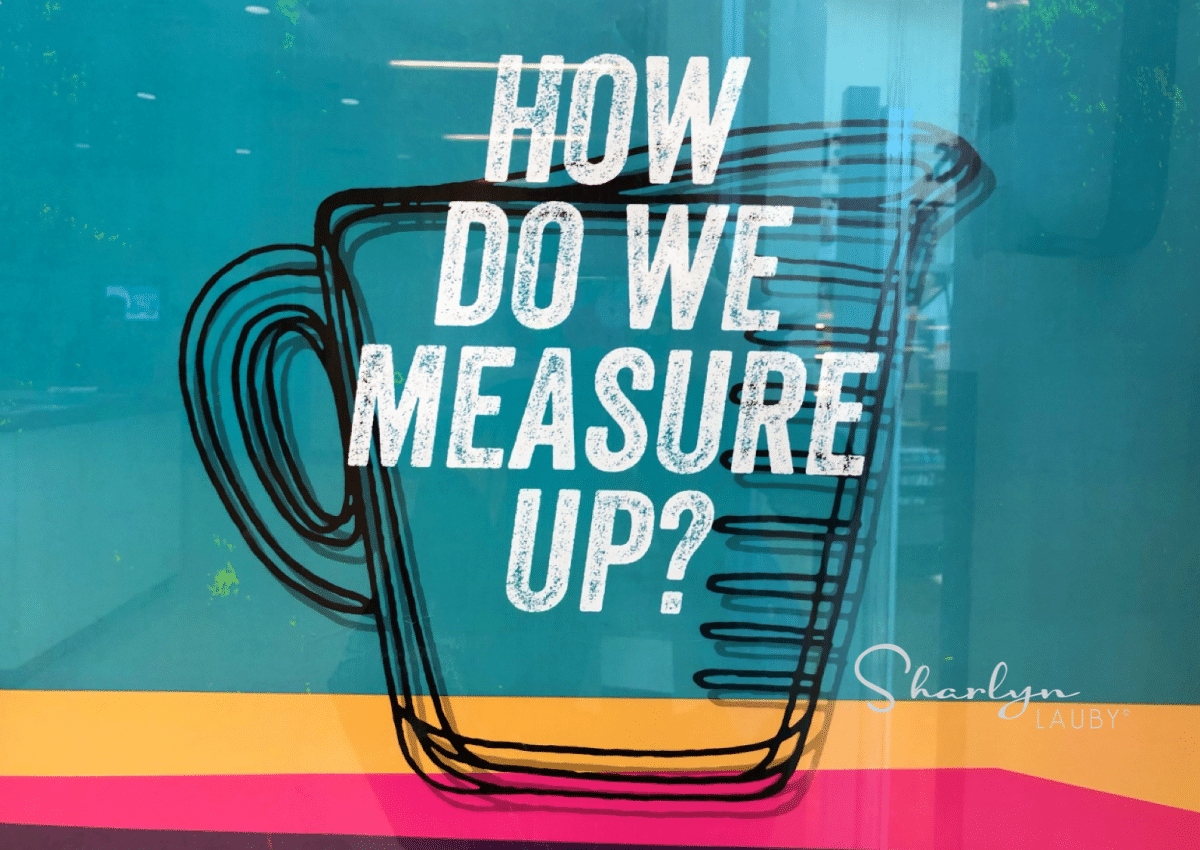Employee Check-Ins: 6 Essential Components for Success
(Editor’s Note: Today’s post is brought to you by our friends at Readex Research, which provides expert online and mail survey services to help businesses understand their internal and external customers. Their services include employee experience surveys. Enjoy the post!)
Over the past few months, we’ve talked about the importance of “checking in” with new hires to make sure their employee experience is going well. This activity can take place in-person or online. The goal with a new hire check-in is to make sure that employees are in a position to focus on their work, which ultimately fosters employee engagement and retention. Here are a couple of resources you might want to check out:
New Hire Onboarding: Take a Pulse to Increase Employee Retention
New Hires Not Engaged? How to Design an Onboarding Intervention
But I’ve spoken with many people who tell me that the challenge isn’t about convincing anyone that check-ins are valuable. Organizations know that. The challenge is in designing a check-in process that the organization will embrace.
6 Essential Elements for Successful New Hire Check-Ins
Check-ins should meet the needs of the company as well as the employee. I know it might seem like a check-in is all about the employee…and it is. But if the process is cumbersome or expensive, then organizations run the risk of having no one do it. And that defeats the purpose of getting employee feedback. So here are six things to consider:
Check-ins must meet the needs of the company and the employee. Let’s start with how a new hire check-in should meet the company’s needs:
1. Low on administration. But high on value. This is the beauty of today’s technology. Organizations can have activities, like a new hire check-in, that are scheduled to distribute automatically. This doesn’t mean the organization doesn’t care just because someone in HR wasn’t sitting at their desk hitting the ‘send’ button. Rather, automating a regularly occurring process allows the company to focus on the piece that cannot be automated…dealing with employee responses.
2. Clear goals. Speaking of results, the only way that a check-in program brings value is when the organization is positioned to react to the new hire’s responses. That involves establishing clear program goals and designing questions that will provide the company with relevant feedback. The questions shouldn’t be leading the new hire to respond a certain way and they should be designed to give the new hire the feeling that their comments are welcome.
3. Timely. The whole reason that the organization is doing new hire check-ins is to encourage employee engagement and prevent unnecessary turnover. Asking a new hire after six months on the job what they thought about their first day doesn’t send the message that the company cares. Check-ins allow organizations to send brief surveys to new hires on regular intervals, so the feedback can be heard and responded to in a timely fashion.
New hire employee needs are somewhat similar. Here are a few things to consider:
4. Convenient. If organizations want employees to respond, then they need to create activities that are easy to use so it encourages participation. Personally, I know my response rate when someone asks me to respond to a five-question survey versus the one that will take 20-minutes. Employees need to also feel that they can keep their comments confidential and, if they wish, they can leave their contact information for follow-up. Let new hires drive their own feedback.
5. Intuitive. Whatever method is used to deliver the check-in, it needs to be user friendly. There’s nothing worse than offering to give feedback and then having to jump through a bunch of hoops to finish the process. It might be tempting to add other goals to the check-in process because you have the employee’s attention. Resist that urge. Also, if the feedback will be given over a technology platform, make sure it’s mobile responsive and secure.
6. Timely. Like the organization, new hires don’t want to waste time. But for new hires, the focus is a bit different. They want to deliver their feedback quickly and efficiently, so they can get on with their work. They also want the organization to respond in a timely fashion. Doing so, will encourage employees to keep on providing even more feedback. I’ve said it before, but I’ll say it again, the worst thing organizations can do is ask for an employee’s feedback and then do nothing with it.
I asked Readex CEO Jack Semler if there was one aspect of check-ins that might be more important than the others. While I knew he would tell me they’re all important, he did share that the key comes down to connection.
“Thinking from my own experience as a manager, I feel what is ‘most important’ is two-fold: First, is the new employee connecting with what the job really is and what the employee’s personal vision of the job is? If reality isn’t in line with their vision, then danger exists, and has to be corrected immediately. Second, is the new employee connecting with peers and management in a positive, good way? There are so many other factors that need to be checked out, but in the end, if what the job entails is not in line with the employee expectations, and good relationships aren’t forming, the employee may be a flight risk.”
New Hire Check-ins Help Retain Employees
Employee check-ins are a valuable way to easily and quickly take a pulse on the new hire experience. For example, surveys are only as good as they are structured. In this case, structure means making it easy to take the survey and easy to interpret the results – for the employee and the organization.
If you want to learn more about how to implement an employee check-in program, visit the Readex website. You can see first-hand how technology can help your organization retain employees and maintain engagement and productivity.
28